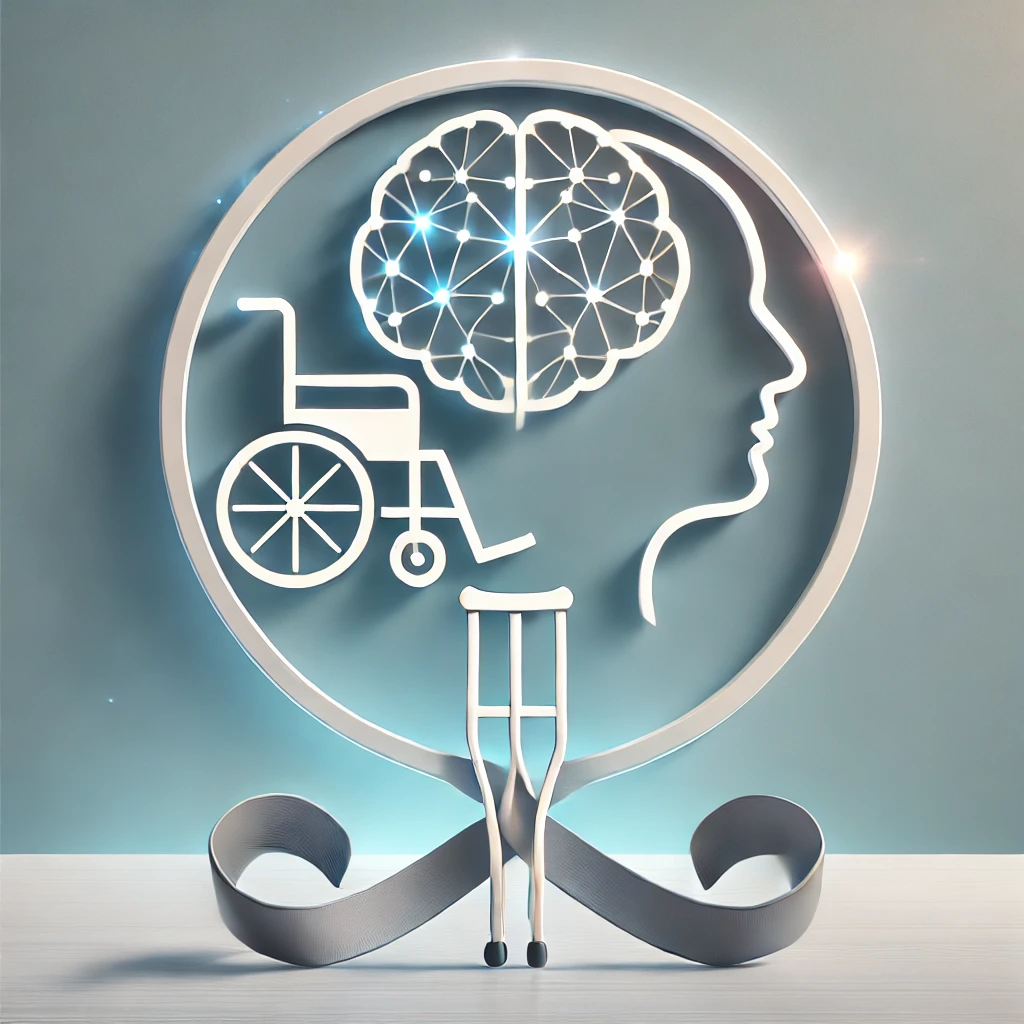Approach LTD cases depends on the impairment for which our client requires support.

Long-term disability (LTD) insurance is a critical safety net for individuals who cannot work due to a disabling condition. Whether as an employee benefit or purchased independently, LTD policies provide income replacement when earning capacity is significantly diminished. Yet, filing an LTD claim can be complex and overwhelming, particularly when navigating the differences between physical and mental disability claims. Understanding the policy nuances, required documentation, and legal protections is essential for building a strong claim.
Understanding Long-Term Disability
LTD insurance provides financial assistance by replacing a portion of an individual’s income (typically about 60%) when they can no longer work due to a disabling condition. Qualifying for LTD benefits requires meeting specific definitions, which vary between policies and often distinguish between physical and mental disabilities. Physical disabilities usually have objective, measurable evidence like diagnostic tests or imaging, while mental disabilities may rely more on subjective documentation, including therapy notes or psychiatric evaluations.
Several federal laws provide a framework of protection for individuals with disabilities. The Americans with Disabilities Act (ADA) requires reasonable accommodations in the workplace, while the Family and Medical Leave Act (FMLA) ensures job-protected leave for employees dealing with medical issues. The Mental Health Parity and Addiction Equity Act (MHPAEA) mandates that mental health conditions receive the same level of treatment and coverage as physical health conditions in insurance plans. In addition to these federal protections, many states have specific laws that offer additional safeguards for disabled individuals.
The Role of Documentation in LTD Claims
Documentation is the cornerstone of any successful LTD claim, but the requirements differ between physical and mental disabilities. For physical disabilities, the process often involves gathering objective evidence, like imaging studies, treatment records, and physical therapy reports. For example, a nerve study might substantiate a claim that an individual cannot grasp objects due to a neurological condition. It is also key for claimants to comply with treatments and regularly update their medical records, as this demonstrates a commitment to managing the condition and provides ongoing evidence of the disability’s impact on their ability to work.
Mental health conditions, on the other hand, present unique challenges. Unlike physical conditions, mental disabilities often rely on subjective documentation, such as therapy notes and psychiatric evaluations, which can be harder to substantiate. For these claims, it is crucial to demonstrate how the condition impacts the claimant’s ability to perform essential functions, such as maintaining focus, interacting with others, or adhering to a consistent work schedule. Side effects from medication, like drowsiness caused by antipsychotics, should also be documented, as they can further hinder an individual’s ability to work.
The Overlap of Physical and Mental Disabilities
In many cases, physical and mental disabilities are interconnected. Chronic pain or a debilitating condition can lead to secondary mental health issues, like depression or anxiety. When filing an LTD claim, addressing both physical and mental aspects is essential. Combined documentation from medical and mental health professionals provides a comprehensive view of how the individual’s overall health has been affected, strengthening the case for benefits.
Legal Standards for Accommodations
The Americans with Disabilities Act (ADA) requires employers to provide reasonable accommodations for employees with disabilities, but these accommodations differ depending on whether the disability is physical or mental. For physical disabilities, accommodations might include ergonomic workstations, modified schedules to accommodate medical appointments, or assistive devices like voice-activated software. Mental disabilities often require different solutions, such as flexible work hours, additional breaks to manage medication side effects, or quiet spaces to reduce stress. Regardless of the type of disability, it’s illegal for employers to discriminate or harass employees based on their condition, and violations should be documented and addressed through legal channels.
Navigating the LTD Process
The filing process for LTD claims is often misunderstood, with many claimants facing delays and confusion about their rights. One common misconception is the time it takes to make a decision. Insurance companies and plan administrators frequently request additional information or documentation, which can prolong the process. Another source of confusion is understanding who makes the decision. In many cases, an external insurer evaluates the claim on behalf of the employer. Claimants need to cooperate fully with these entities to avoid unnecessary delays.
Another area of confusion is the distinction between short-term and long-term coverage. Short-term disability benefits typically last for six to twelve months, during which claimants must prove they cannot perform the material duties of their occupation. When transitioning to long-term disability, the definition often changes to require proof that the claimant cannot perform the duties of any occupation.
One example illustrates the challenges of the LTD process. A self-employed dentist who had purchased an individual LTD policy was denied benefits despite paying premiums for years. The denial stemmed from insufficient documentation and a need for more understanding of the policy terms. This case highlights the importance of thoroughly reviewing policy details and seeking professional assistance when disputes arise.
The Importance of Advocacy and Legal Support
For many claimants, the LTD process can feel isolating and overwhelming, often more so for . individuals with mental health conditions. They may face additional stigma and barriers to communication — so having a trusted advocate, whether a family member, therapist, or lawyer, can make a significant difference. An advocate can help organize documentation, provide emotional support, and serve as a point of contact with insurers and plan administrators.
Legal representation is especially valuable when navigating the complexities of LTD policies and procedures. A disability lawyer can ensure that claims are submitted with the necessary evidence, guide clients through appeals, and advocate on their behalf in disputes with insurers. For individuals with mental disabilities, having someone to tell their story and corroborate their day-to-day challenges can be the key to a successful claim.
Conclusion
Filing a long-term disability claim is rarely straightforward, but with the proper preparation, documentation, and advocacy, it is possible to navigate the system successfully. Whether dealing with a physical disability, a mental health condition, or both, understanding your rights and seeking professional guidance can make all the difference. If you are struggling with an LTD claim or facing a denial, consulting a disability lawyer can provide the expertise and support needed to protect your rights and secure the benefits you deserve.
